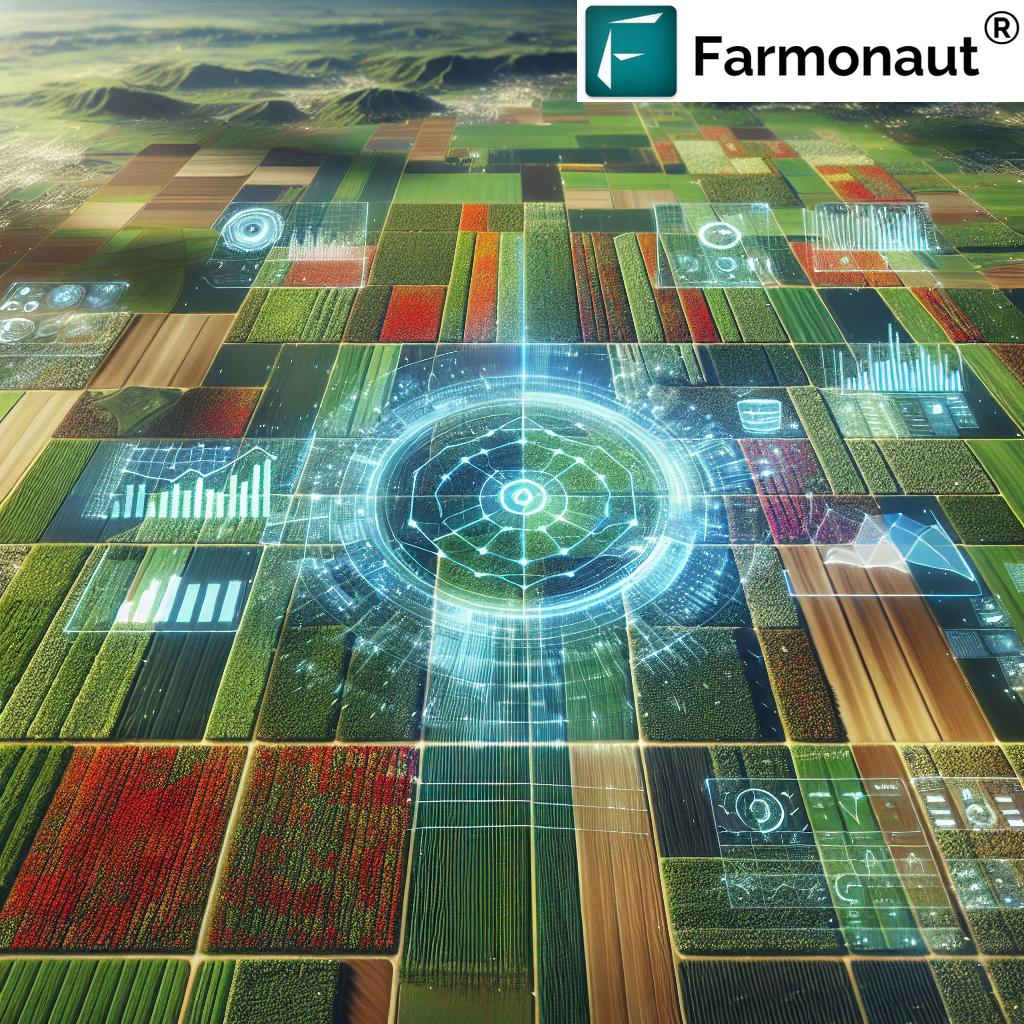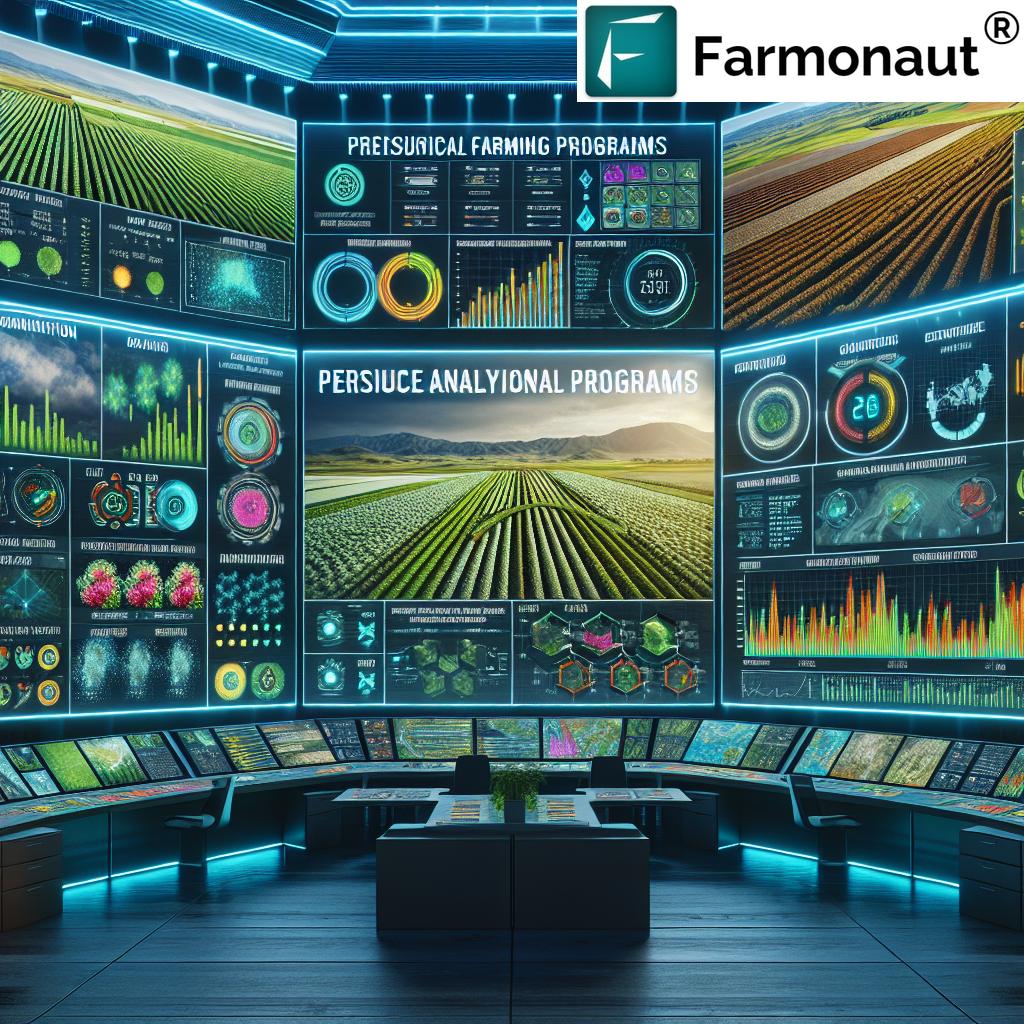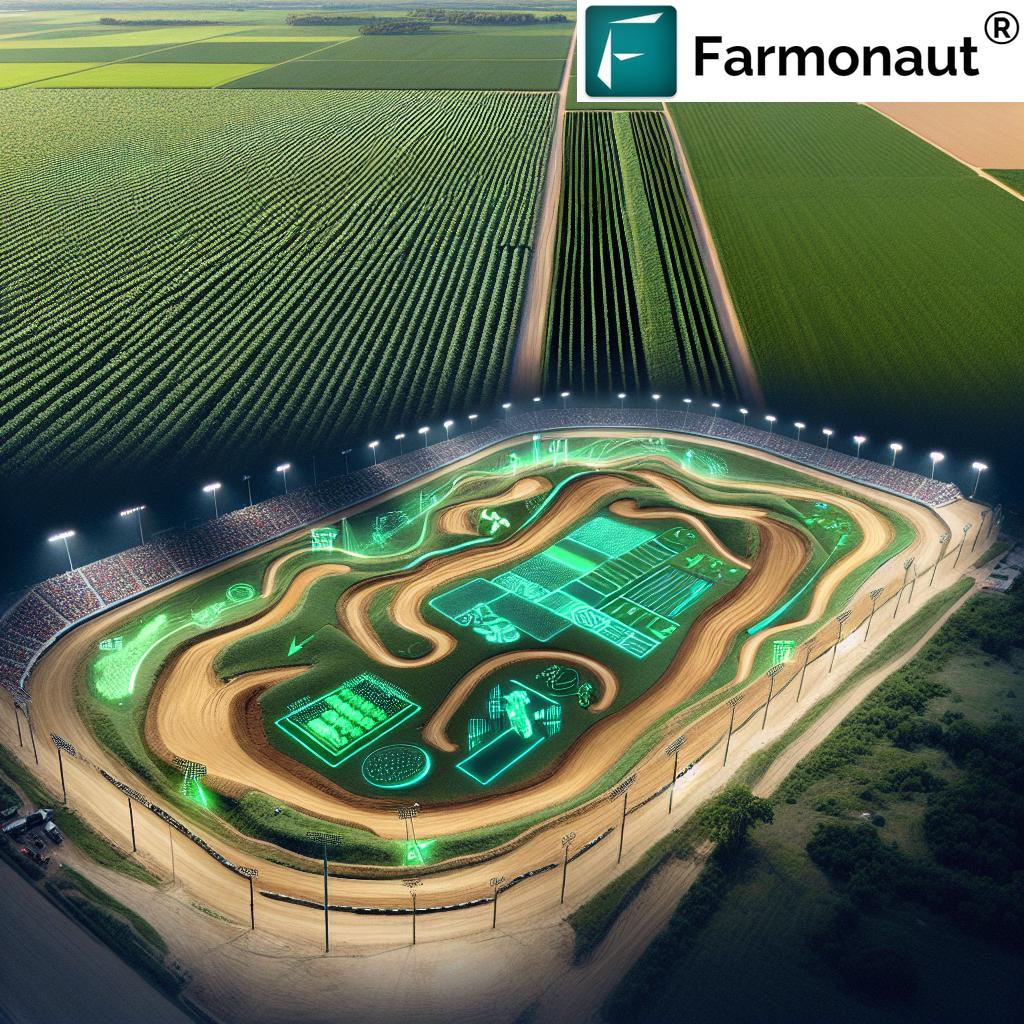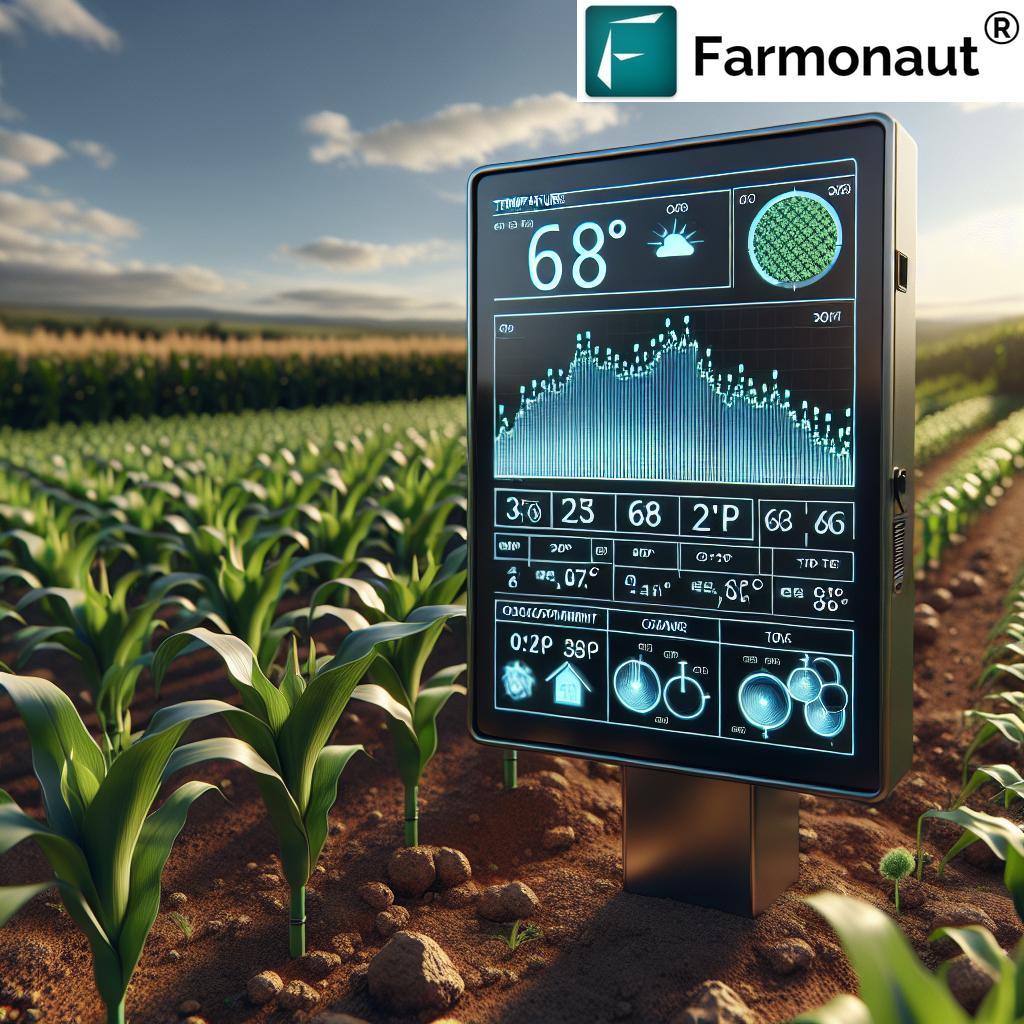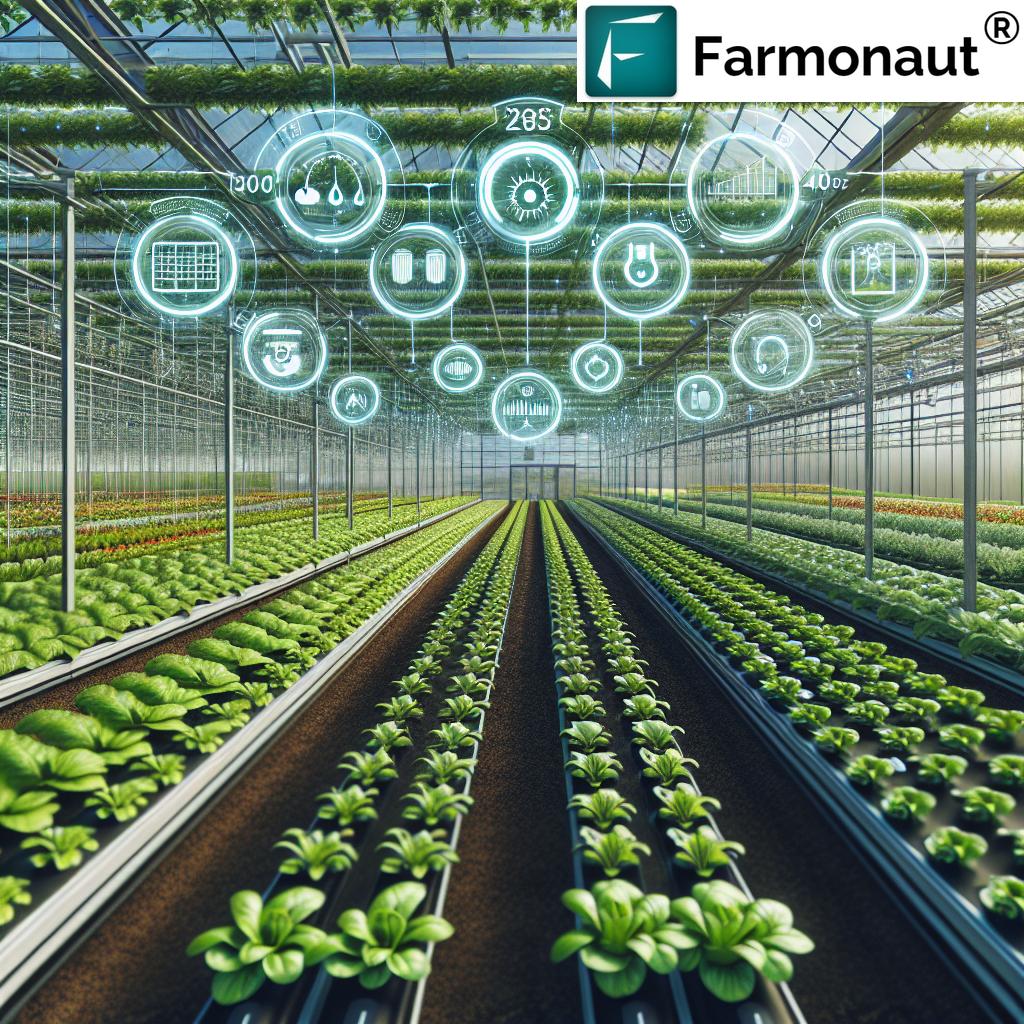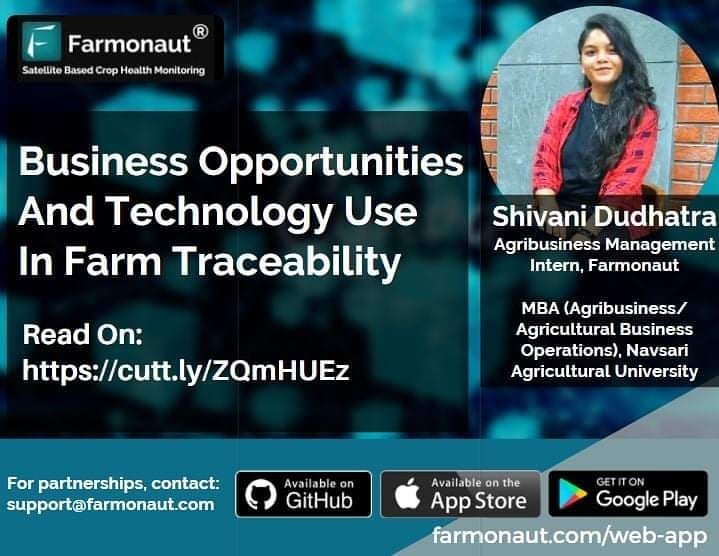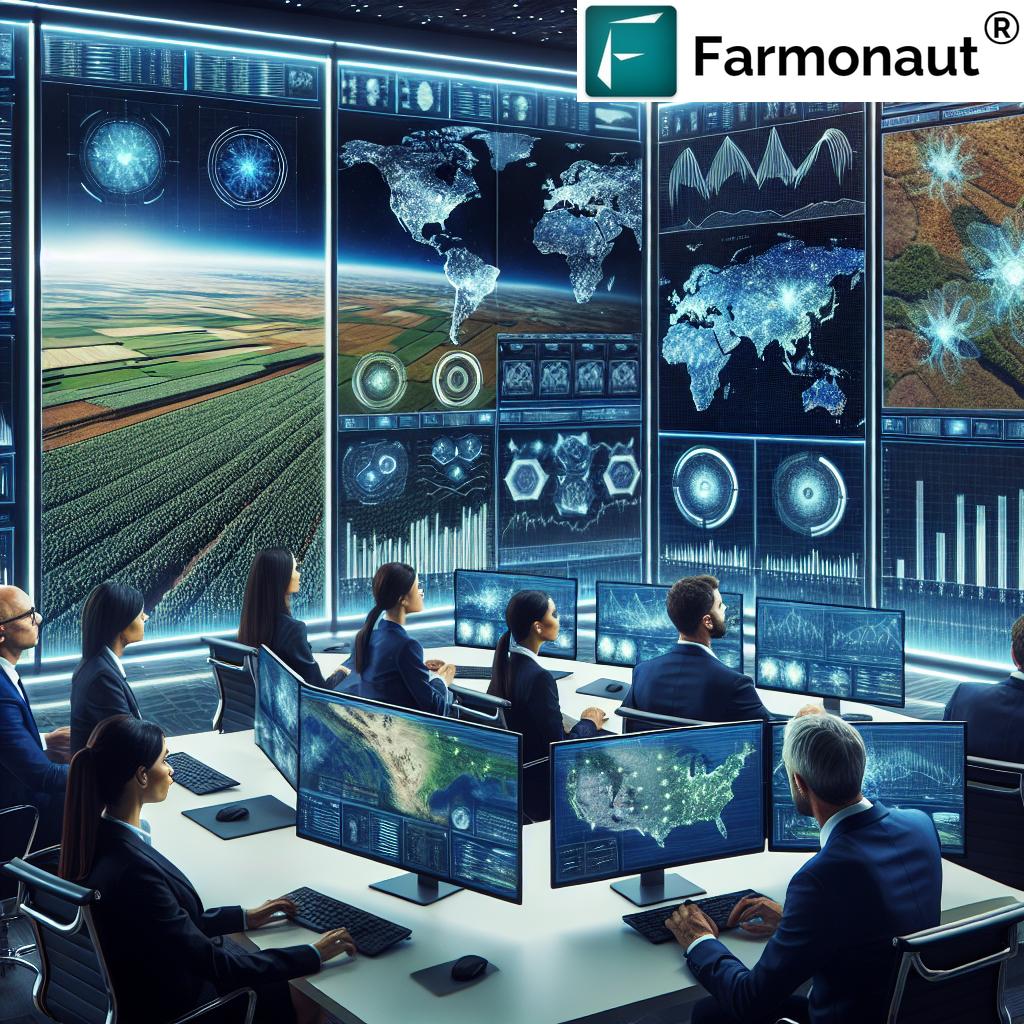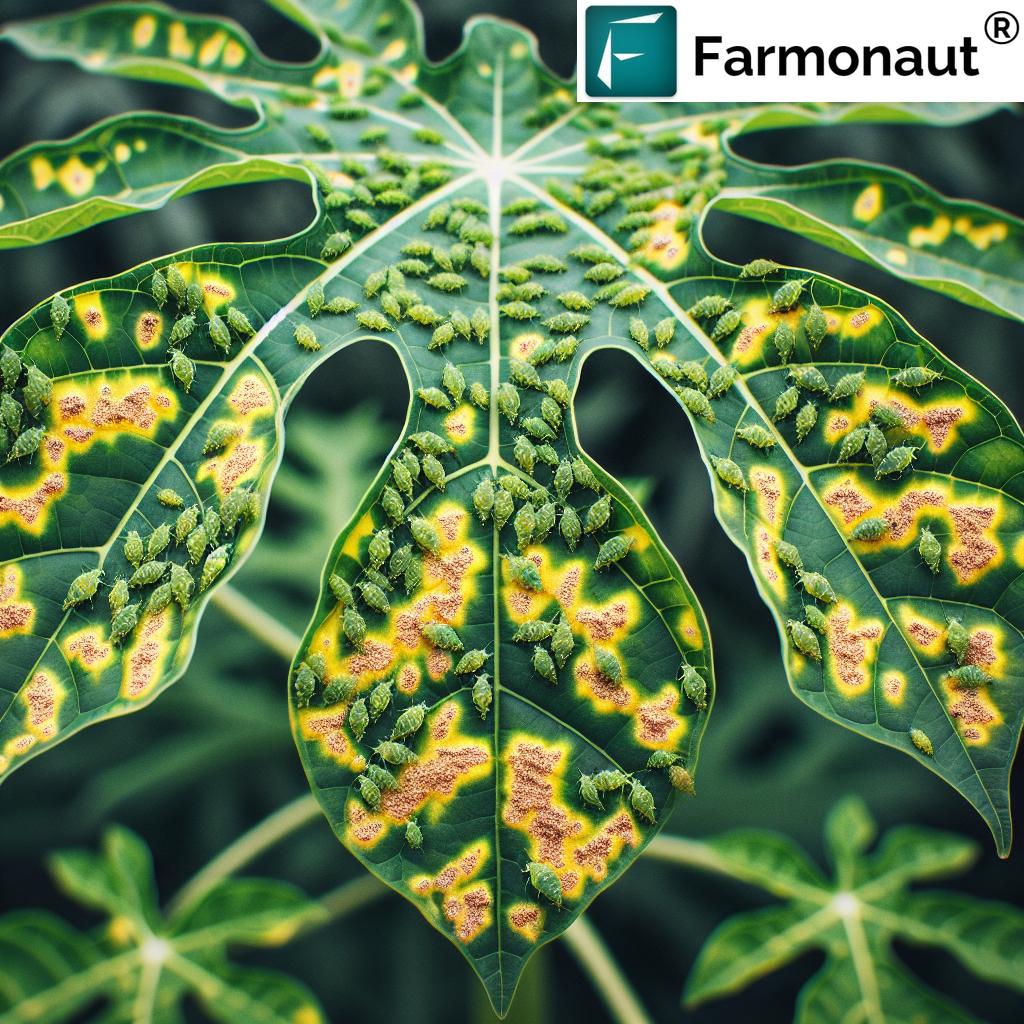What Is Precision Farming? 7 Tech Ways to Boost Yields
“Precision farming can increase crop yields by up to 20% using data-driven decision-making and variable rate technology.”
What Is Precision Farming?
Precision farming, also known as precision agriculture, is a method of using advanced agricultural technology, data-driven farming systems, and satellite-based solutions to refine and optimize every aspect of crop management. Unlike traditional approaches that use uniform strategies across fields, precision farming harnesses technologies like GPS, variable rate technology (VRT), IoT devices, and drones to analyze detailed, real-time data about field variability, soil conditions, moisture, pest, and crop health.
This innovative approach empowers farmers to make informed, timely decisions on input application—such as seeds, fertilizers, pesticides, and water—resulting in increased crop productivity, reduced costs, optimized resource management, and improved sustainability.
Summary: Revolutionizing Agriculture with Technology
Precision farming is transforming agriculture by optimizing resource use and enhancing decision-making. Through advanced tools like automated machinery, satellite imagery, data analytics, VRT, and IoT sensors, it enables farmers to manage field and crop variability more effectively. The result is not just improved productivity and lower costs, but also the advancement of sustainable agricultural practices—ensuring better yields for today and sustainability for generations to come.
The Evolution & Core Concepts of Precision Agriculture
Precision farming emerged as an answer to the growing challenges in agriculture: rising input costs, increasing field variability, the need for sustainable practices, and demand for higher productivity. From its early roots in GPS-based field mapping, the field has embraced a diverse array of advanced technologies and innovative strategies.
- Focus on Variability: At the core, precision farming recognizes that not all areas of a field are the same—instead, soil, moisture, crop health, and pest pressures vary greatly.
- Technology & Data Integration: Integrating satellite imagery, remote sensors, and digital analytics allows for unprecedented field-level insights.
- Resource Optimization: The overarching goal is to maximize yields, minimize waste, and support environmental sustainability.
Together, these elements make precision farming far more than just a set of technologies—it’s a holistic, data-driven approach reshaping how farmers manage their land.
7 Advanced Technologies Powering Precision Farming
Modern precision agriculture is possible thanks to a suite of technologies that collect, analyze, and apply field-level data. Let’s explore the seven core innovation pillars that enable this transformation.
“Over 70% of precision farming systems utilize satellite imagery for real-time crop monitoring and management.”
1. Global Positioning System (GPS) & Auto-Guidance Systems
GPS technology is the backbone of field mapping and machine guidance. By providing accurate location data, GPS enables auto-steer and auto-guidance systems for tractors and other machinery:
- Minimizes errors in planting, fertilizing, and harvesting by reducing overlaps
- Conserves time, fuel, and resources by ensuring every pass across the field is precise
- Supports mapping of field variability for better planning
To learn how GPS and satellite-based solutions are changing farming, try the Farmonaut Agro Admin App for large-scale farm management. It helps you remotely monitor vast plantations, improving operational efficiency and decision-making.
2. Variable Rate Technology (VRT)
Variable rate technology enables the precise application of inputs—from seeds to fertilizers and pesticides—based on the specific needs of each field zone.
- Reduces input waste by adjusting rates to match local soil, crop, and moisture variability
- Enhances crop performance and overall field productivity
- Supports targeted management strategies for sustainable farming
Farmers can apply fertilizer only where needed, using less overall and maximizing yields—a win for both economics and the environment.
3. Internet of Things (IoT) & Smart Farming Solutions
The Internet of Things (IoT) connects a network of digital sensors, devices, and actuators across the farm. These systems collect, exchange, and analyze real-time data about:
- Weather patterns
- Soil moisture and temperature
- Crop growth and health
- Machinery operation and diagnostics
Flowing through the network, this data forms the backbone of modern resource management, helping automate critical operations—from irrigation to fertilizer scheduling—to maximize efficiency and minimize waste.
Explore Farmonaut’s resource management tools for real-time satellite-based monitoring, allowing agribusinesses to track fleet and resource usage efficiently and economically. Learn more: Fleet Management.
4. Drones & Satellite Imagery
Drones and satellite technology have revolutionized field and crop monitoring.
- Drones in agriculture capture high-resolution aerial imagery for small to mid-sized holdings, detecting plant stress, pest outbreaks, or irrigation issues early
- Satellites deliver scalable, consistent field-wide and regional monitoring—critical for large or remote farms
- Combined, these imagery solutions offer actionable insights into crop performance, disease outbreaks, and field variability
Discover how our multispectral satellite-based crop monitoring solutions provide field-specific health maps, soil moisture indices, and more on your phone: Farmonaut Satellite Monitoring.
5. Automated Machinery
Self-driving tractors and automated irrigation systems represent the rise of autonomous operations in agriculture. By leveraging GPS guidance and sensor data, these machines:
- Perform planting, spraying, and harvesting with high accuracy and repeatability
- Reduce labor costs and human error
- Enable 24/7 operations and precision timing of field activities
Advanced machinery boosts efficiency and helps maximize every acre’s potential.
6. Remote Sensing & Crop Health Monitoring
Remote sensing uses devices—from satellites to in-field sensors—to observe and measure soil and crop health in real-time.
Applications include:
- Soil moisture monitoring for smart irrigation management
- Vegetation indices (e.g., NDVI) to assess plant stress and detect problem areas early
- Mapping of pest or disease outbreaks before they cause major losses
For advanced, hands-free soil and crop health monitoring, explore Farmonaut’s Monitoring App.
7. Data Analytics and AI-Based Advisory
The true power of precision farming lies in turning massive streams of field data into practical insights with AI, machine learning, and analytics systems. These platforms:
- Analyze historic and real-time data from sensors, satellites, and IoT devices
- Identify trends, anomalies, and variable field zones
- Generate prescriptions for input rates, irrigation, or pest management tailored to specific field regions
- Deliver personalized, timely recommendations directly to farmers’ phones
Smart analytics systems—such as Farmonaut’s Jeevn AI-based crop advisory—empower timely, data-driven farming decisions to boost yield, minimize resource waste, and improve environmental outcomes.
For instant, AI-powered field advisories and weather forecasts, try Farmonaut’s Jeevn AI.
Technology Comparison Table: 7 Ways to Boost Precision Farming Yields
| Technology Name | Description | Key Benefits | Estimated Yield Increase (%) | Estimated Input Savings (%) | Sustainability Impact |
|---|---|---|---|---|---|
| Global Positioning System (GPS) & Auto-Guidance | Navigation and auto-steer systems for field machinery | Eliminates overlaps, reduces fuel use, improves timing | 5–10% | 10–15% | Medium |
| Variable Rate Technology (VRT) | Precision application of seeds, fertilizers, and chemicals | Minimizes over-application and waste, targets needs | 10–20% | 15–30% | High |
| IoT Sensors & Smart Solutions | Network of sensors for real-time farm monitoring | Improves resource allocation and disease/pest detection | 8–15% | 12–18% | High |
| Drones in Agriculture | Aerial surveillance and imagery for small to mid farms | Fast pest, disease, and nutrient stress identification | 7–14% | 8–15% | Medium |
| Satellite Imagery & Remote Sensing | Large-scale, field-wide, and multispectral crop monitoring | Non-invasive, historical trend analysis, early stress detection | 12–20% | 15–20% | High |
| Automated/Robotic Machinery | Self-driving equipment & precision irrigation systems | Labor and fuel savings, consistent action, less error | 8–12% | 10–18% | High |
| Data Analytics & AI-Driven Advisory | Real-time data interpretation for farm management | Timely intervention, resource optimization, decision support | 13–20% | 15–25% | High |
Precision Farming Applications in Modern Agriculture
The versatility of precision agriculture technology is evident in its widespread applications across all farming stages:
Soil and Crop Health Monitoring
By utilizing remote sensing, satellite data, and advanced soil sampling tools, modern crop monitoring solutions provide farmers with detailed insights into:
- Soil moisture, nutrient levels, pH, and organic matter
- Crop growth stages, leaf area, and health indices
- Early identification of stress, pest, or disease problems
This knowledge enables timely interventions that can prevent yield losses.
Access affordable, satellite-powered real-time soil and crop health monitoring anywhere on your phone with Farmonaut’s Mobile App.
Variable Rate Application (VRA)
With VRA, farmers can adjust seed density, fertilizer, and pesticide rates according to:
- Local soil fertility
- Moisture variations
- Crop growth patterns
VRA minimizes wasted inputs, reduces costs, and supports environmental sustainability. Instead of blanket applications, only the right amount goes where needed.
Irrigation Management
Smart irrigation systems like drip or automated sprinklers are integrated with moisture sensors and weather forecasts. These systems:
- Determine the exact amount of water crops need—minimizing over and under-watering
- Prevent nutrient leaching/waterlogging and conserve valuable water resources
- Enhance yield while supporting sustainability
Read more about sustainable irrigation management and water conservation in Farmonaut’s Carbon Footprinting Service for environmental compliance.
Pest & Disease Management
Modern pest and disease management leverages predictive analytics and historical patterns to:
- Forecast pest outbreaks and disease occurrences
- Enable early, targeted treatment instead of broad-spectrum pesticide use
- Reduce crop losses, save on chemical costs, and lower environmental impact
Want secure, transparent product origin or claims for insurance? Try Farmonaut’s Blockchain-Based Traceability for agricultural and food supply chains.
Farm Management Systems
Advanced farm management systems unify data from satellites, IoT, drones, and machinery—providing farmers with a single dashboard to:
- Monitor crop performance and health
- Track resources, inputs, and machinery activity
- Plan, adjust, and analyze field operations with data-driven confidence
Explore scalable monitoring and management options for large fields and plantations via Farmonaut Agro Admin App.
Farmonaut: Making Precision Agriculture Affordable & Accessible
At Farmonaut, we believe that precision farming should be within reach for every farmer—regardless of their location, field size, or crop. Our advanced, satellite-powered solutions are delivered through easy-to-use Android, iOS, and web applications, and API for developers.
- Satellite-Based Crop Health Monitoring: We utilize multispectral imagery to analyze vegetation health (NDVI), soil moisture, and more—helping farmers optimize irrigation, fertilizer, and pest management.
- Jeevn AI Advisory: Our AI-driven engine delivers real-time field insights, weather forecasts, and tailored crop management recommendations.
- Blockchain Traceability: We enable secure tracking of agricultural products throughout the supply chain, increasing consumer trust and reducing fraud.
- Fleet & Resource Management: Agribusinesses can optimize logistics and monitor machinery usage, reducing operational costs and environmental footprint.
- Carbon Footprinting: Real-time emissions data empowers users to measure and manage sustainability goals.
Our platform operates on a scalable subscription model—no expensive hardware, only actionable data-driven insights—so every farmer can improve productivity, minimize waste, and adopt sustainable agricultural practices.
Integrate our API for field-level satellite and weather data in your own agri applications: Farmonaut Satellite & Weather API (API Developer Docs).
Want to improve access to crop loans or insurance verification? Find out how satellite monitoring streamlines application processes and ensures claim accuracy: Farmonaut’s Crop Loan & Insurance Solutions.
Ready to make smarter, more sustainable decisions on your farm?
Key Benefits of Adopting Precision Farming
- Increased Productivity: Optimizing input use using VRT, precision irrigation, and targeted pest or disease management leads to consistently higher yields—potentially up to 20% more output per hectare.
- Operational & Cost Efficiency: Reduced resource waste means lower costs for seeds, fertilizer, pesticides, water, and fuel, contributing to higher profits and sustainability.
- Environmental Sustainability: Targeted application avoids over-spraying, reduces runoff, prevents nutrient leaching, and protects local ecosystems.
- Enhanced Farm Management: Data-driven insights allow farmers to plan operations, react rapidly to issues, and track performance—all from a single digital dashboard.
- Improved Traceability & Trust: With blockchain and digital records, the entire lifecycle of farm produce can be tracked—improving transparency for consumers, regulators, and financial institutions.
- Boosting Access to Credit & Insurance: Digitally verified crop health data supports farm loan and insurance applications and claims.
For those striving to reduce farm carbon emissions or monitor sustainable targets, Farmonaut’s carbon footprinting tools track all real-time emissions and help meet sustainability goals.
Learn more: Farmonaut Carbon Footprinting Solutions.
Challenges in Precision Agriculture Adoption
While precision agriculture technology offers remarkable advantages, its widespread adoption faces several obstacles:
- High Initial Costs: Advanced technology acquisition and setup expenses can be prohibitive for smaller or resource-limited farms. Farmonaut is committed to lowering these cost barriers through affordable, data-driven platforms—no expensive hardware needed.
- Data Management and Analysis: The vast volume of data from sensors, satellites, and machinery requires effective analysis. Without training and robust software tools, leveraging these insights can be challenging.
- Connectivity Issues: Many rural areas lack reliable internet access, which limits the efficacy of real-time cloud-based or IoT-enabled precision systems.
- Lack of Standardization: The absence of uniform standards for data formats and device interoperability complicates the integration of tools and platforms from different sources.
For large-scale, efficient management that bridges the technology gap, Farmonaut Agro Admin App is a solution combining field-scale monitoring, data analysis, and easy-to-use control systems.
FAQs: Getting Started with Precision Farming
What is precision farming and how does it work?
Precision farming uses advanced technologies such as sensors, GPS, drones, and satellite imagery to collect real-time data on field conditions. This information is used to guide variable rate applications and field management—delivering exactly the right inputs to each crop zone at the right time—for optimized yields and reduced waste.
Who can benefit from precision agriculture technology?
Precision farming is valuable for individual farmers, agribusinesses, agricultural cooperatives, governments, NGOs, and financial institutions. It enables smarter farm management, improved sustainability, and better financial outcomes for a wide range of agri stakeholders worldwide.
Is precision farming expensive to implement?
Initial costs can be significant if using machinery or hardware-reliant solutions. However, Farmonaut and other modern platforms make precision farming affordable and scalable via satellite-based digital solutions, significantly lowering hardware expenses and putting powerful data-driven tools in the hands of every farmer.
How does satellite imagery support crop monitoring?
Satellite imagery provides regular, large-scale field monitoring—tracking vegetation health, soil moisture, and early signs of stress or disease. This non-invasive approach is ideal for large and remote farms, supports timely interventions, and helps maximize yields.
What are the main environmental benefits of precision farming?
By applying only what’s needed and when, precision farming minimizes excess use of water, fertilizers, and pesticides. This reduces environmental runoff, protects water bodies and soils, and promotes long-term sustainability in agriculture.
How can I get started with Farmonaut?
Simply download our Android or iOS app or use the web platform/app for instant access to field-level data, crop health maps, and AI recommendations. Flexible subscription options let you monitor and manage as much acreage as you need.
Conclusion
Precision farming marks a turning point in modern agriculture. By integrating advanced technologies—from GPS guidance and variable rate applications to satellite-driven crop monitoring solutions, IoT sensors, and AI analytics—farmers can reduce input waste, enhance yields, optimize resource management, and promote true environmental sustainability.
At Farmonaut, we’re committed to making these transformative tools accessible and affordable for farmers and agribusinesses everywhere—empowering smarter, data-driven farming and sustainable growth.
To learn more or start your journey with next-generation precision agriculture, visit Farmonaut’s app or explore our API for developers.
Embrace the future of farming—maximize your yield, minimize your footprint, and secure the sustainability of tomorrow’s food supply with precision farming.









